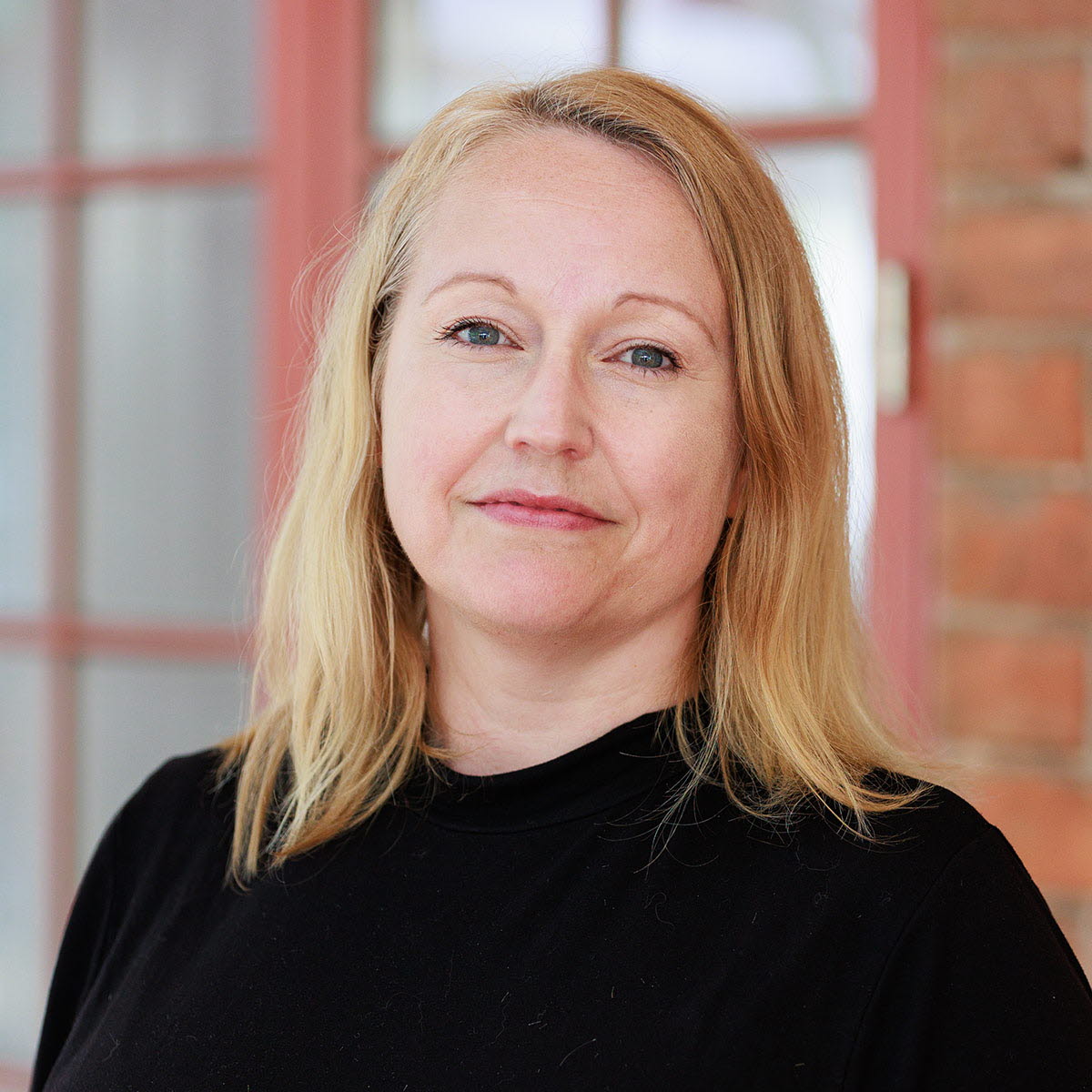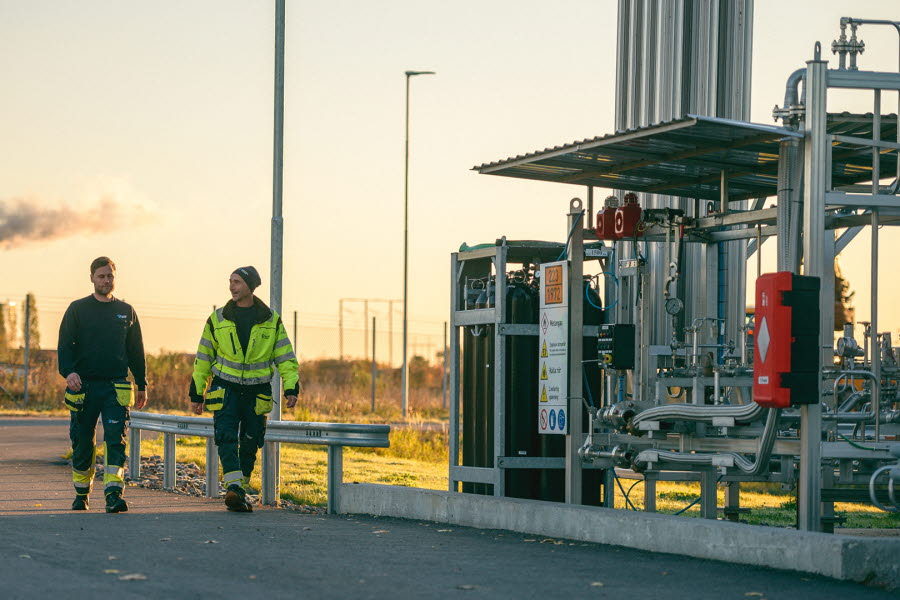Vilka är Tekniska verken?
Tekniska verken-koncernen bygger världens mest resurseffektiva region genom att erbjuda smarta och effektiva lösningar som förenklar våra 215 000 privat- och företagskunders vardag. Tillsammans med våra kunder tar vi hand om och nyttjar jordens resurser på ett bättre sätt, med mer nytta och mindre påverkan på miljön. Vi erbjuder tjänster inom elnät och elhandel, avfall, biogas, effektiva energilösningar, vatten och avlopp, fjärrvärme, fjärrkyla, bredband och belysning.













